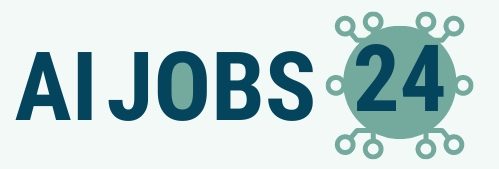If you are interested in working with images and video and would like to introduce machine learning into your computer vision applications, then OpenCV is a library that you will need to get hold of. OpenCV is a huge open source library that can interface with various programming languages, including Python, and which is extensively
The post A Gentle Introduction to OpenCV: An Open Source Library for Computer Vision and Machine Learning...
When working with images, some of the most basic operations that are essential to get a grip on include reading the images from disk, displaying them, accessing their pixel values, and converting them from one color space to another. This tutorial explains these basic operations, starting first with a description of how a digital image
The post How to Read, Write, Display Images in OpenCV and Converting Color Spaces appeared first on...
Sponsored Content From November 6 (07:00 PST) to 20 (07:00 PST), 365 Data Science offers free unlimited access to its entire curriculum, featuring interactive courses, hands-on data projects, and certificates of achievement. This opportunity allows for in-depth data science and AI exploration—presenting a no-cost method to enhance one’s skills and knowledge. Enhancing Careers
The post 365 Data Science Offers All...
In the world of computer vision and image processing, the ability to extract meaningful features from images is important. These features serve as vital inputs for various downstream tasks, such as object detection and classification. There are multiple ways to find these features. The naive way is to count the pixels. But in OpenCV, there
The post Image Feature Extraction in OpenCV: Edges and Corners appeared first on...
Digital videos are close relatives of digital images because they are, indeed, made up of many digital images that are sequentially displayed in rapid succession to create the effect of moving visual data. The OpenCV library provides several methods to work with videos, such as reading video data from different sources as well as accessing
The post How to Read and Display Videos Using OpenCV appeared first on MachineLearningMastery.com....
The k-means clustering algorithm is an unsupervised machine learning technique that seeks to group similar data into distinct clusters, with the aim of uncovering patterns in the data that may not be apparent to the naked eye. It is possibly the most widely known algorithm for data clustering, and it comes implemented in the OpenCV
The post K-Means Clustering in OpenCV and Application for Color Quantization appeared first on...
When you work with OpenCV, you most often work with images. However, you may find it useful to create animation from multiple images. Chances are that showing images in rapid succession may give you different insight or it is easier to visualize your work by introducing a time axis. In this post, you will see
The post How to Transform Images and Create Video with OpenCV appeared first on MachineLearningMastery.com. Source link
In a previous tutorial, we have explored the use of the k-means clustering algorithm as an unsupervised machine learning technique that seeks to group similar data into distinct clusters, to uncover patterns in the data. We have, so far, seen how to apply the k-means clustering algorithm to a simple two-dimensional dataset containing distinct clusters,
The post K-Means Clustering for Image Classification Using OpenCV appeared first on...
The OpenCV library comes with a module that implements the k-Nearest Neighbors algorithm for machine learning applications. In this tutorial, you are going to learn how to apply OpenCV’s k-Nearest Neighbors algorithm for the task of classifying handwritten digits. After completing this tutorial, you will know: Several of the most important characteristics of the k-Nearest
The post K-Nearest Neighbors Classification Using OpenCV...
Sponsored Content By Travis Addair & Geoffrey Angus If you’d like to learn more about how to efficiently and cost-effectively fine-tune and serve open-source LLMs with LoRAX, join our November 7th webinar. Developers are realizing that smaller, specialized language models such as LLaMA-2-7b outperform larger general-purpose models like GPT-4 when fine-tuned with proprietary
The post Fast and Cheap Fine-Tuned LLM...
